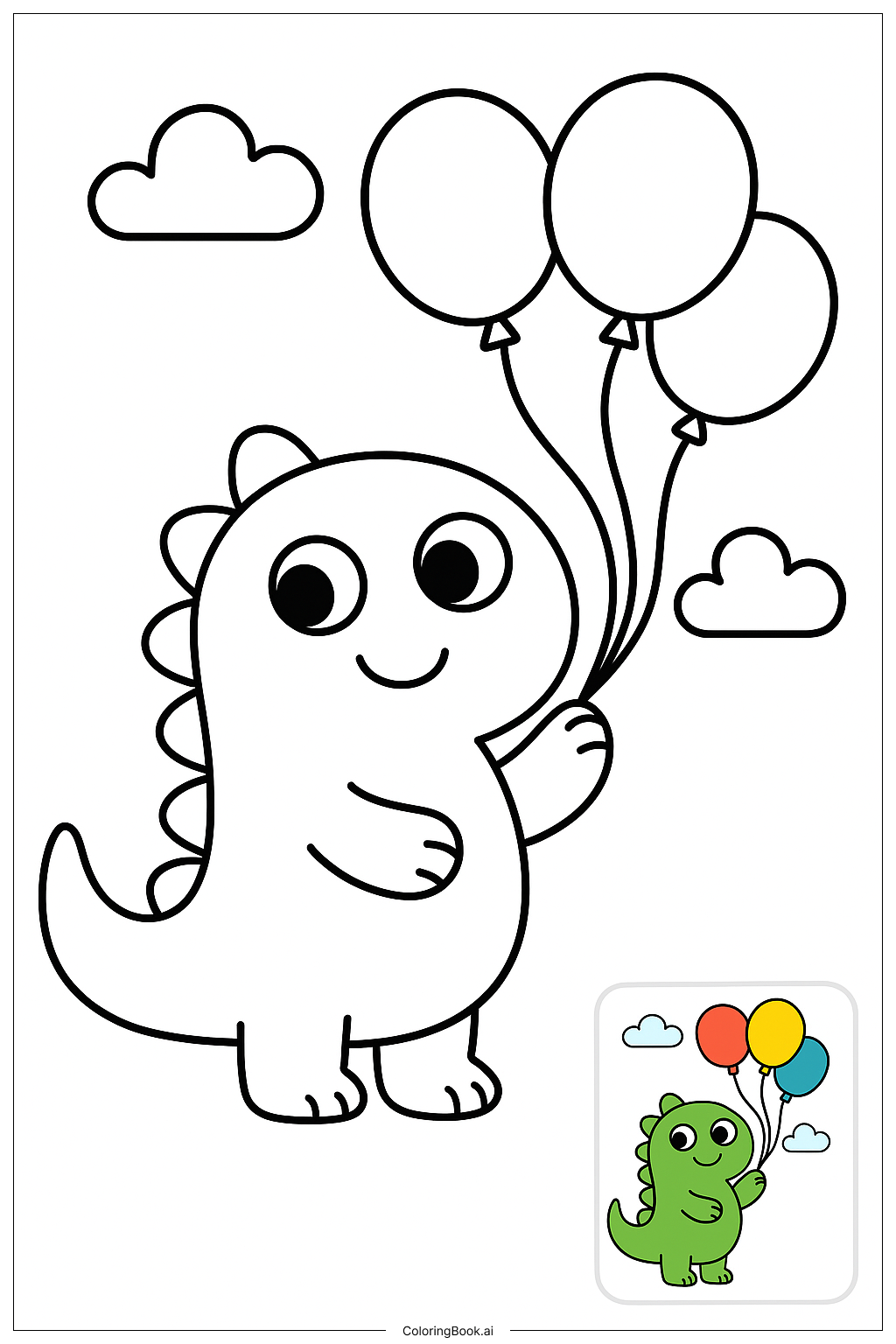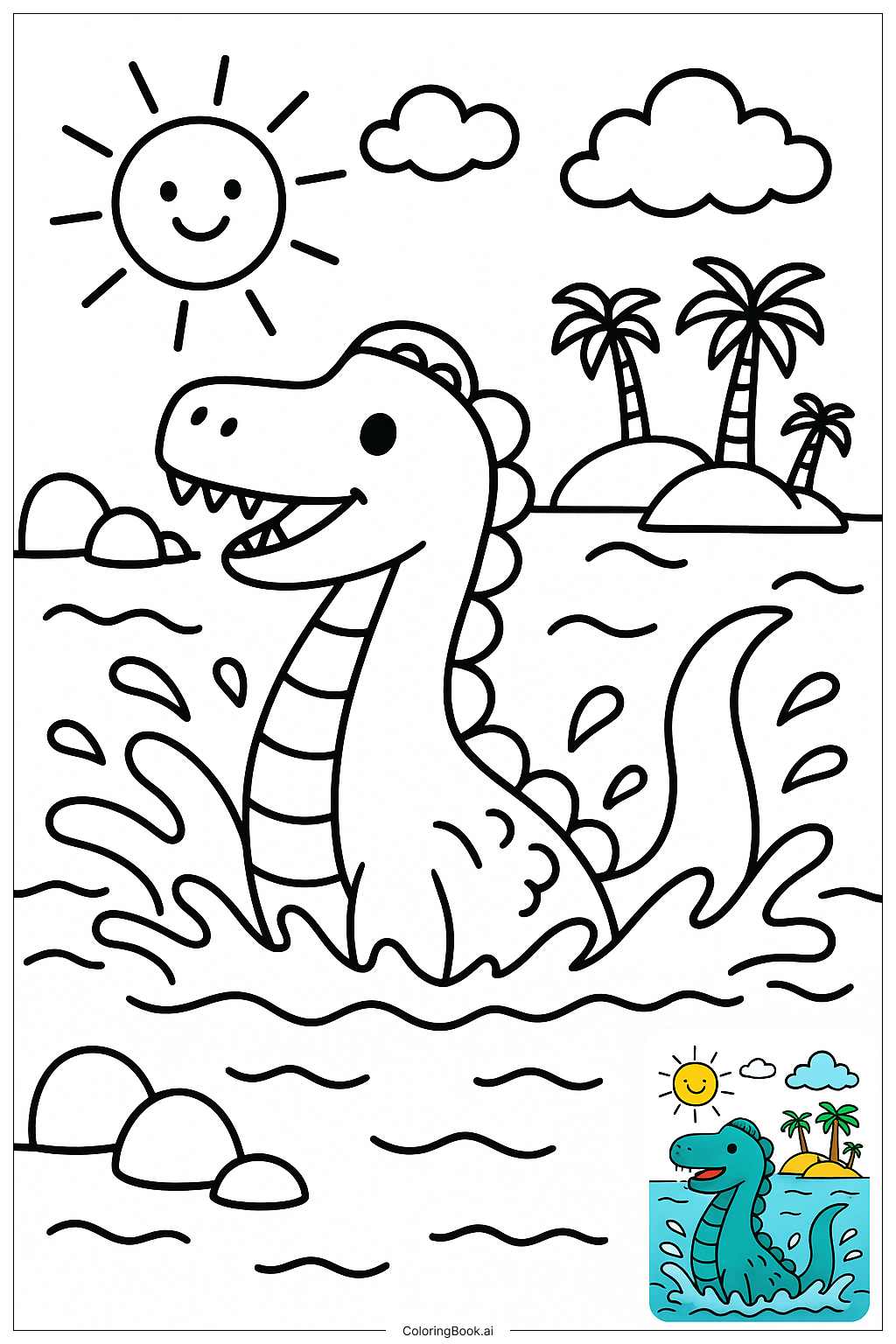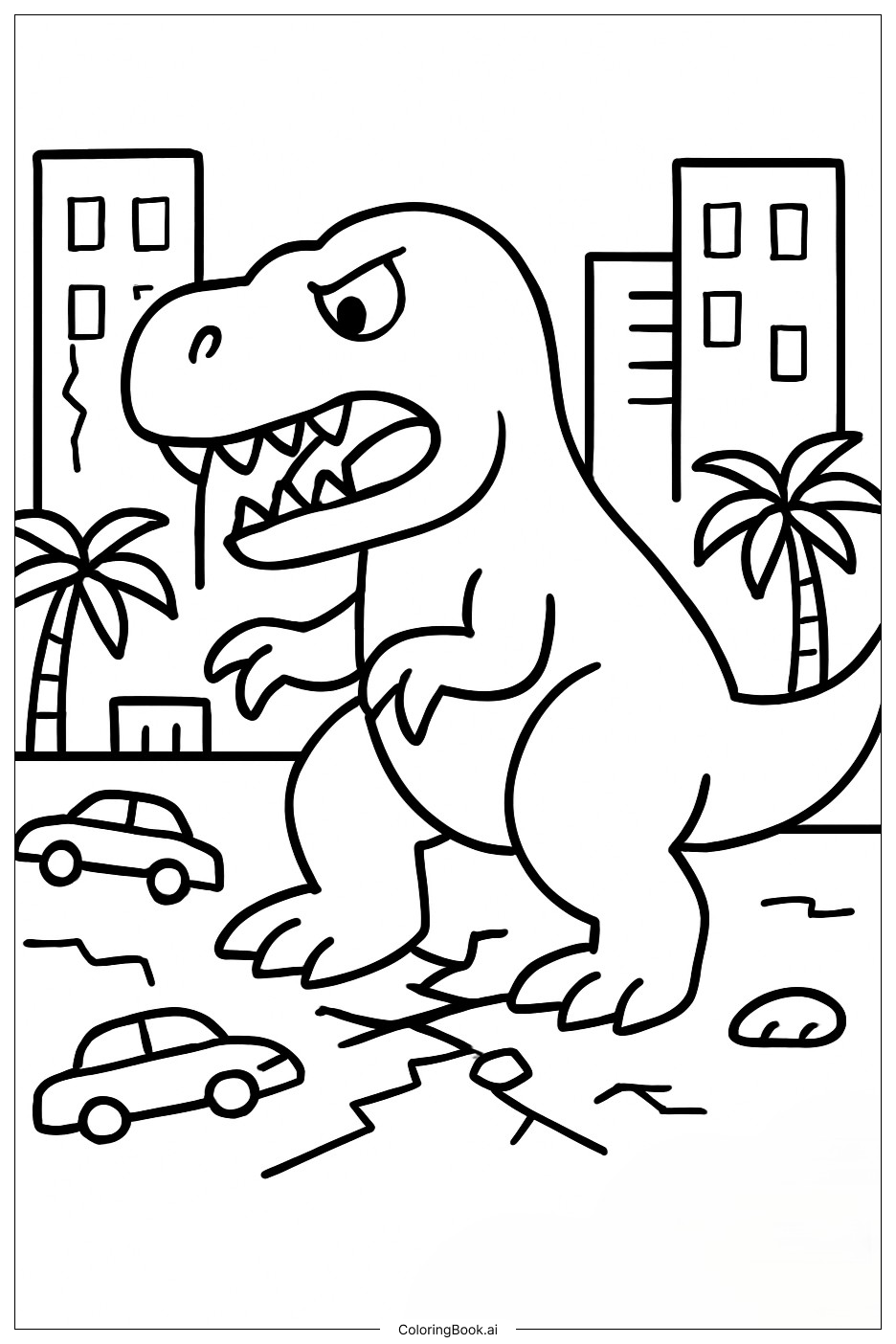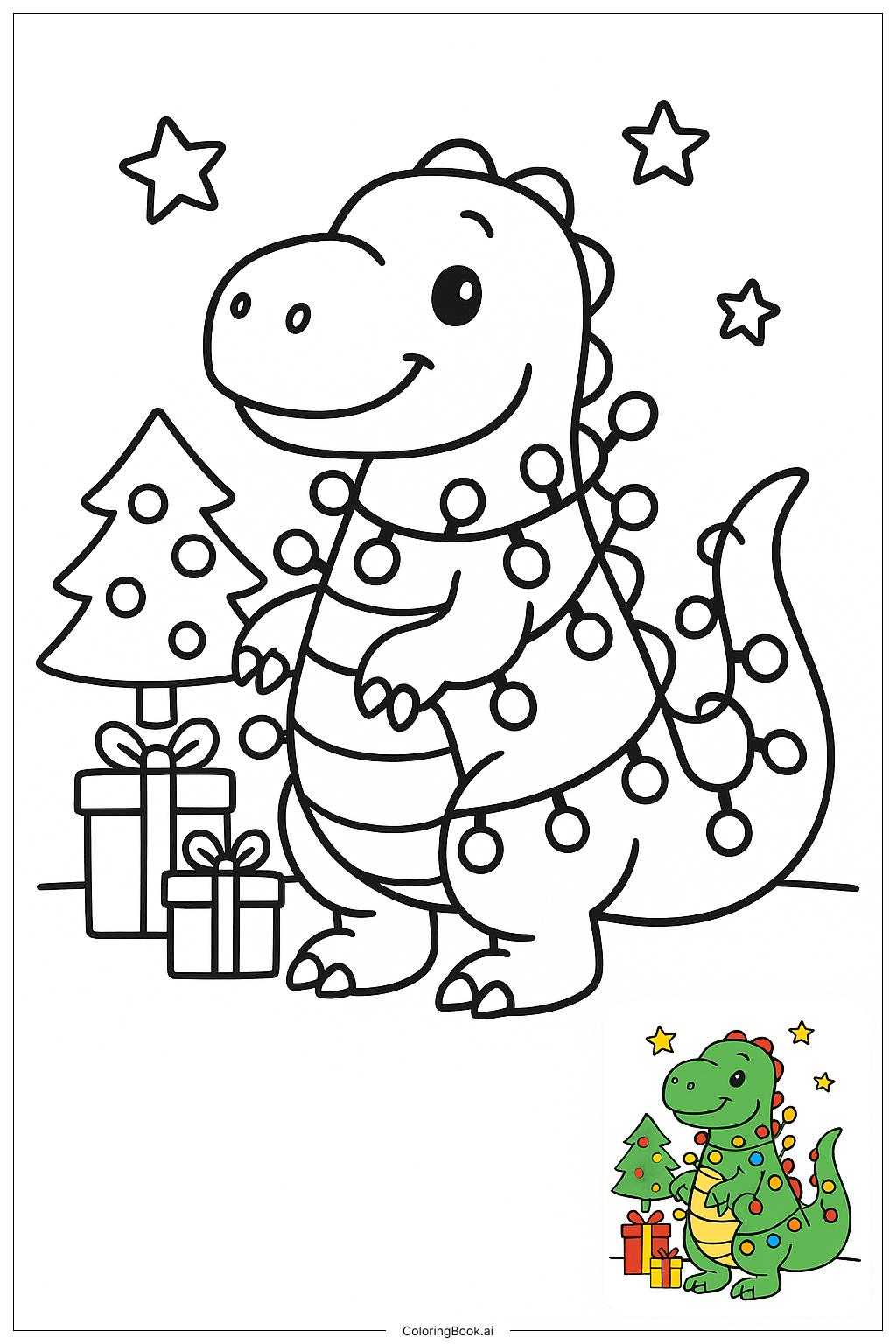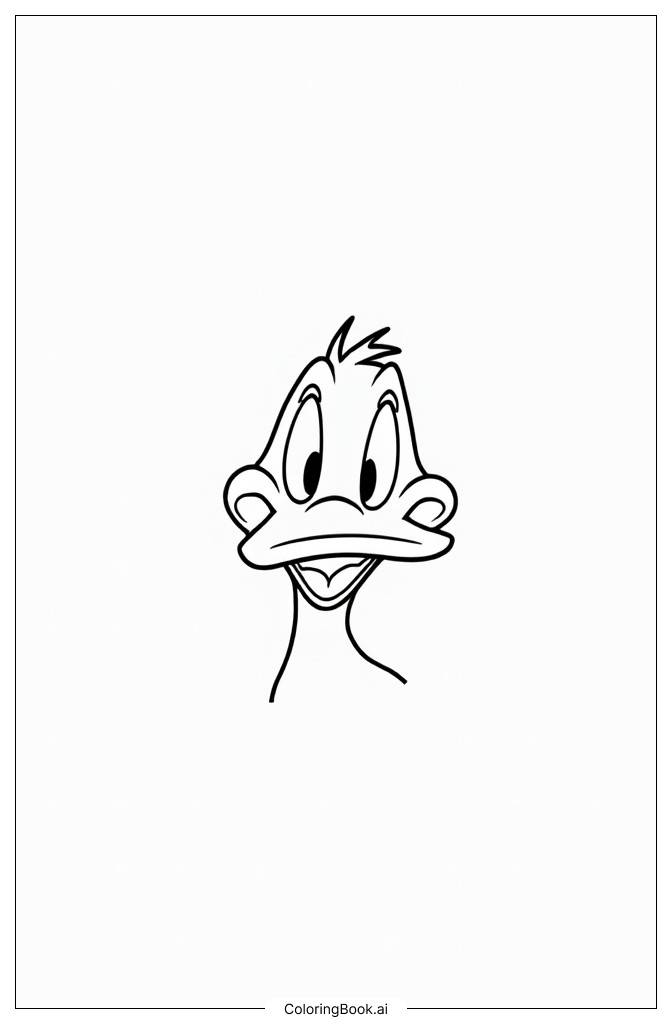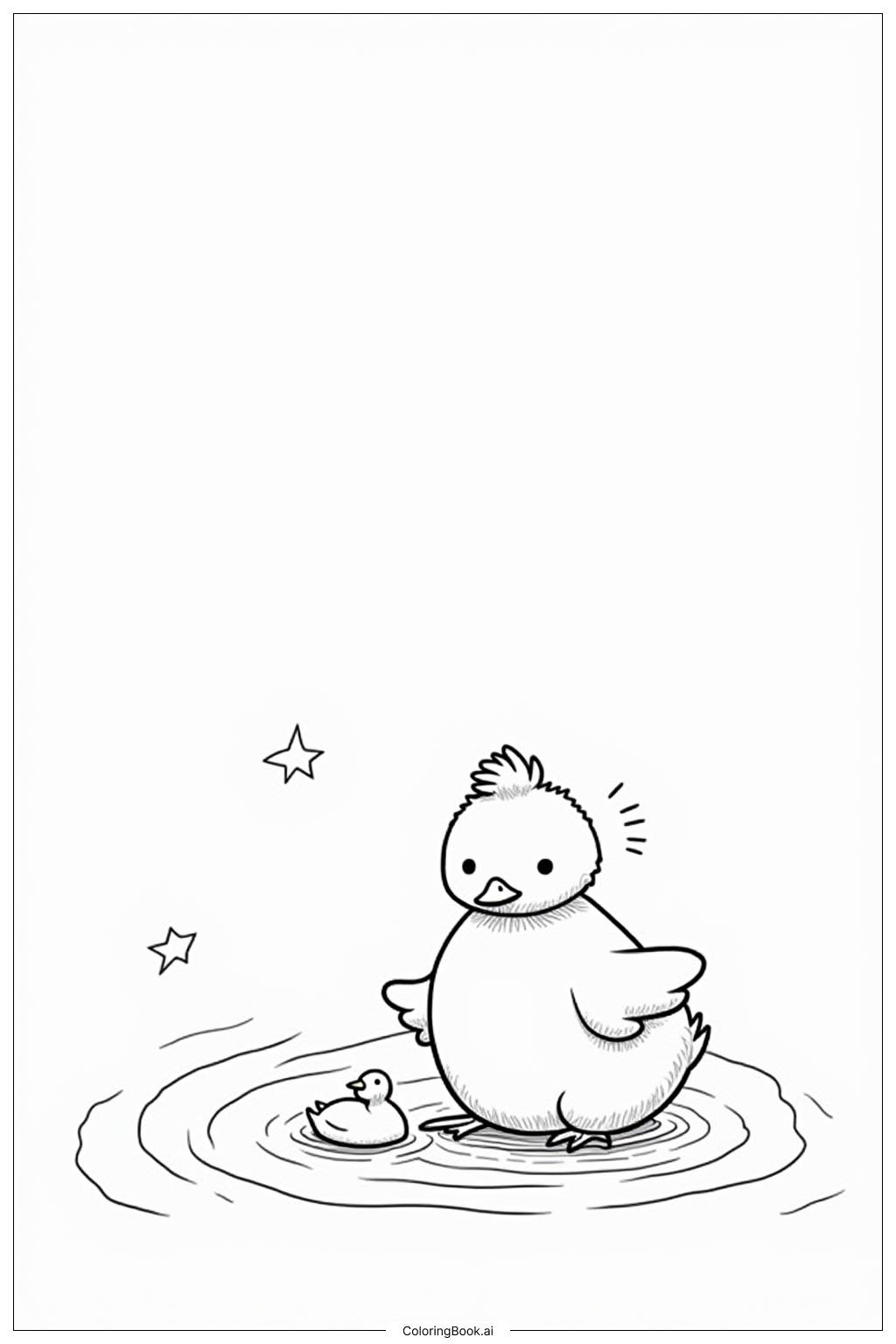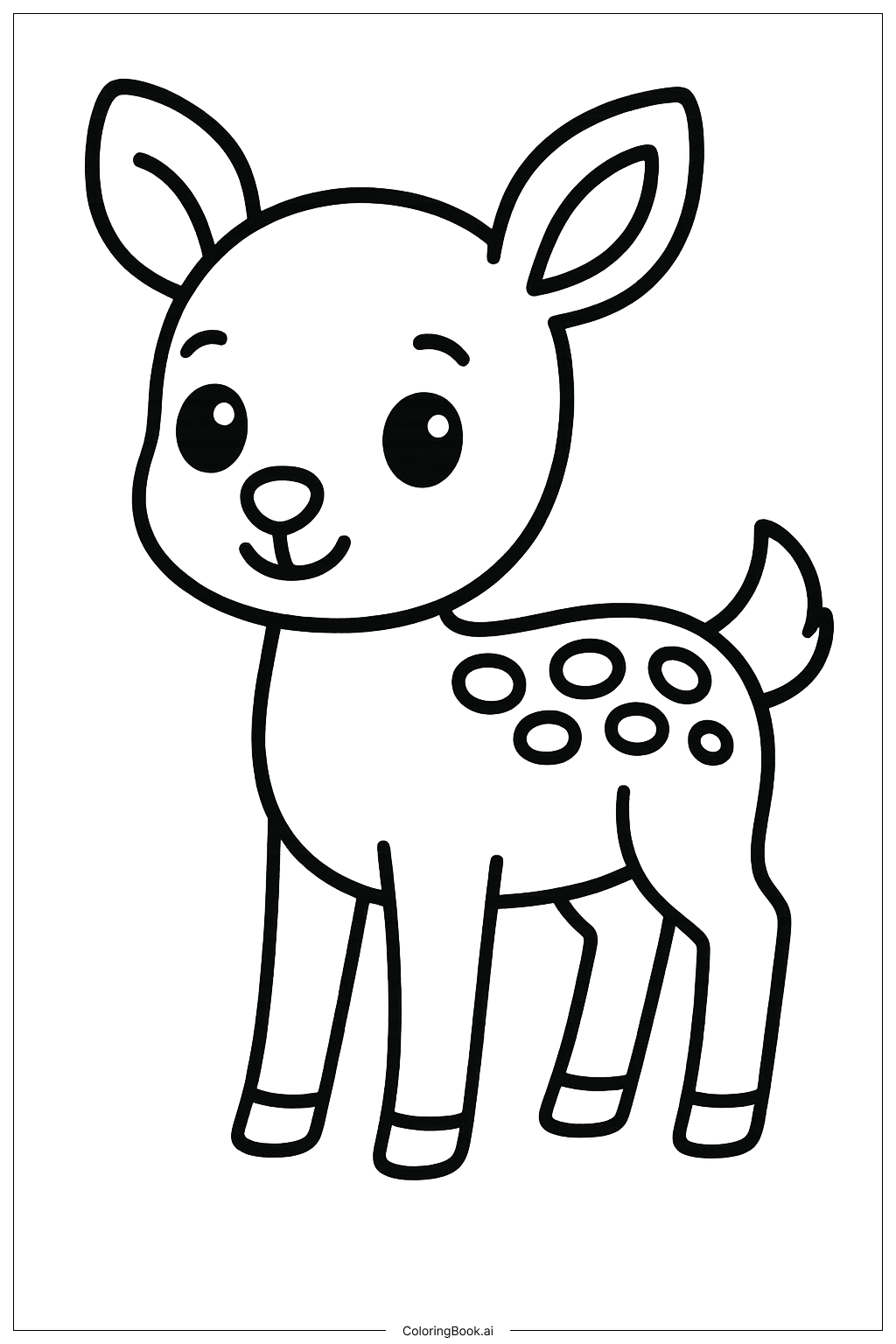Coloring tips: How to color Dinosaur Playing With Balloons coloring page well?
You can use bright and cheerful colors to bring this picture to life. Try coloring the dinosaur green or any fun color you like. The balloons can be colored different colors such as red, yellow, and blue to make them stand out. Use light blue for the clouds to give a soft, sunny sky feel. You can also experiment by adding patterns or shading to the balloons and the dinosaur to make it more interesting. Don’t forget to color the dinosaur’s eyes black with white highlights to make them look shiny and lively.
Coloring challenges: Which parts are difficult to color and need attention for Dinosaur Playing With Balloons coloring page?
1. Coloring inside the small areas like the dinosaur’s fingers and spikes can be tricky for younger children because they require careful control.
2. The curves of the balloon strings are thin and may be hard to color without going outside the lines.
3. Balancing the colors so the dinosaur and balloons look vibrant but not too crowded might be challenging.
4. Making the eyes look alive with shading and highlights needs some practice.
5. Coloring the background clouds evenly without leaving white spots can take patience.
Benefits of coloring books: Advantages of drawing Dinosaur Playing With Balloons coloring page
Coloring this picture helps children improve their fine motor skills by practicing staying inside the lines. It also encourages creativity as kids choose different colors for the dinosaur and balloons. Coloring the friendly dinosaur can boost confidence and make kids happy. It allows kids to relax and focus, enhancing concentration. Finally, it teaches patience and attention to detail as they work carefully on the smaller parts.
